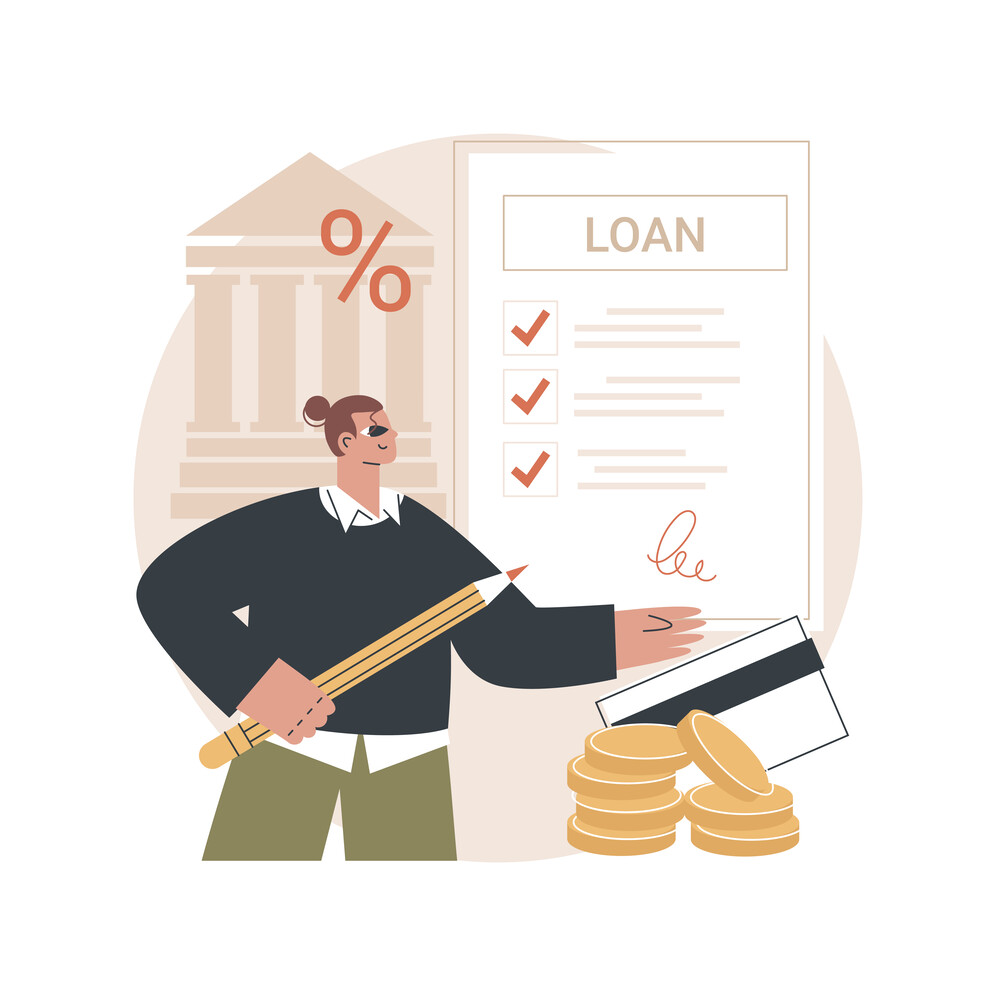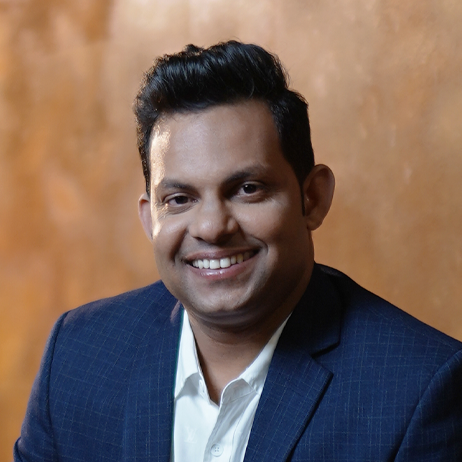Reviewed by Ibnujala

Are you trapped in a never-ending circle of debt and repayment? You might not be the only person stuck in the debt trap. It’s true that debts can feel suffocating at times, holding back your peace of mind and financial freedom.
From credit card debts and auto loans to personal loans, the stress offered by monthly debt obligations, interest rates, and mounting borrowing costs can lead to financial struggles. But what if we tell you that your debts can be paid off in 6 months?
Although not guaranteed, you can pay your debts in a small period of time if approached with discipline, financial literacy, and a smart debt repayment plan. Thinking of how to be debt-free in six months? Here is a practical step-by-step that might be useful for you.
So, let’s have a quick look at it. However, remember, it’s not a guaranteed quick fix but rather a focused roadmap that supports budget flexibility, smarter savings, and a sustainable debt-free life. If you’re looking for ways to become debt-free quickly, this guide might help you create a strong foundation.
The first step of being debt-free is not debt repayment. Before beginning this journey, you should have a clear idea of your debt and finances. However, in several cases, people tend to ignore small debts, like the small amounts of money borrowed from their friends.
So, underestimating the total debts and ignoring spending habits and high-interest rates that affect the financial health are some factors that make debt repayments difficult. Therefore, a thorough understanding of your debt situation is important.
You may use money management apps, budget worksheets, or banking app trackers to monitor and evaluate your monthly debt obligations and make more strategic budgeting.
Here are a few things you should keep in mind before planning your debt repayments.
First of all, list down all your debts, from credit card debt and auto loans to personal loans and student loans. Record the outstanding balance, interest rate, minimum payment, and due date of all these debts. This will help track your borrowing costs more effectively.
Next, you have to find out how much of your income goes to repayments. This can be calculated by adding your monthly debt obligations, dividing them by your income, and then multiplying them by 100.
A high ratio suggests that your financial flexibility is low. A healthy debt-to-income ratio is ideally below 36%.
If your ratio is higher, consider prioritising high-interest debt or reducing expenses before taking on new financial obligations. You can also consider refinancing or balance transfer cards to lower your borrowing costs.
Once the debt-to-income ratio is identified, you can choose a repayment method that better suits your financial capability. It can be a debt avalanche, paying high-interest debt first, or a debt snowball, clearing the smallest debts first. These are some of the most effective pay-off-debt strategies that can help you eliminate debt fast.
Ignoring unnecessary spending can often make debt repayments difficult. So, ensure that you track your expenditure or outgoing at regular intervals.
Escaping the cycle of debt might be a challenging yet empowering move in your financial journey. More than just paying off, a debt-free life is more about achieving long-term financial health, improving financial literacy, and gaining control over your spending habits.
In this section, we will have a detailed discussion on the step-by-step guide that has the potential to aid your financial recovery. This section is developed by analysing various reputable resources, such as the YouTube videos of popular finance YouTuber and writer Ramit Sethi, and many more. So, this section can answer many of your queries, like how to become debt-free in 6 months.
The first step in becoming debt-free within 6 months or a short period of time is strong planning. However, to plan your expenses and finances, you should be aware of your income, expenditure, and monthly debt obligations, which can be achieved through a financial blueprint.
For this, you can use money management apps, banking app trackers, or even a regular notebook, receipts, or Excel sheets. By tracking your expenses this way, you will have a clear picture of your overspending patterns, such as streaming services, Uber/taxi rides, gym memberships or auto payments that can be reduced or eliminated.
Here is a quick to-do list:
Once you have built a financial blueprint, you will have a proper understanding of your budget, debt and its repayments. Now, the next step is to choose a suitable debt repayment method.
Two of the most popular and widely accepted debt repayment plans are:
In this method, the high-interest debts, such as credit card debt, overdrafts, or revolving debts, are handled first. This method helps minimise borrowing costs and speed up the journey towards financial stability.
In this method, smaller debts like utility bill debts or council tax debts are paid off first. This method is suitable for people with comparatively lower incomes. It will keep people moving with small motivational wins.
Below are some steps that help improve your repayment efficiency.
Cutting expenses, tracking spending, and budgeting are not everything. You should also seek ways to improve your income to escape your debts and grow your financial stability. So, the third step in becoming debt-free is boosting your income.
By increasing income, you can not only make room for extra payments and accelerate debt payoff, but you can also strengthen your financial health. But how do you increase your income and earnings? Here are some of those potential options.
These are just a few options; people can also make income through various passive and active sources.
This is your most intense step, where your attention can be focused on eliminating debt. Put all your excess income and savings towards your main debt goal.
You can use either the Avalanche or Snowball method. Focus on making maximum extra payments, keeping spending to a minimum, and avoiding additional borrowing.
Maintain high motivation and a lean lifestyle. Stay away from lifestyle inflation, unnecessary expenses, or new financial commitments. Maintain simplicity during this period to cultivate self-control and long-term financial prudence.
Focus on the following things:
The last four steps can help you reduce your debt substantially. So, this phase is all about looking back at your performance and refining your plan to bridge the gap between freedom and debt.
Evaluate how much debt remains and how effectively you’ve reduced interest payments. If progress feels slow, consider revising your budget and finding deeper cuts in expenditure. This might include postponing non-essential purchases or reducing entertainment spending.
Here is a quick checklist for you.
Reminder: Debt settlement may negatively impact your credit score. It should only be considered as a last resort after exploring other repayment options.
The last and final step is to maintain the debt-free journey through good financial habits and financial management.
Begin by paying your final principal amounts on any outstanding credit card debt, auto loans, or student loans. After paying, close unnecessary accounts cautiously. Keep your oldest credit card open to maintain a healthy credit history and score.
Furthermore, leave at least one open to ensure a proper credit utilisation ratio and keep your credit score intact.
Then, shift focus to building wealth. Use the money you were paying in debt payments towards savings, investments, or building an emergency savings account to fund 3–6 months of living expenses.
Make sustainable habits and financial practices that defend your financial independence, such as:
Paying off the debts or eliminating debts is only halfway through the journey. The real win is staying free from it. In order to enjoy a debt-free life and protect your financial health, you should focus on smart money habits, strategic budgeting, and consistent financial literacy.
Here are some tips to stay debt-free:
However, remember, these investments have inherent risks. Make decisions based on your risk tolerance capacity.
Note: Remaining financially secure demands an ongoing education. Building your financial literacy with reliable sources, such as the personal finance classes by FinQuo Versity, might enable you to make sound choices and have a healthy, debt-free foundation.
Getting debt-free is a process that requires time and is based on your current financial condition, income security, and steadiness. Although this six-month guide provides a realistic guide on how to be debt-free in 6 months, the duration could be different for individuals. Some might get there earlier, while others might take a bit longer, and that’s completely okay.
The most important thing to take away is progress. Every month of responsible budgeting, eliminating wasteful spending, and attacking debt moves you closer to visible change in your financial condition and frame of mind. Whether or not your complete financial turnaround occurs within six months or longer, the most important thing is that you are progressing steadily toward a secure, debt-free existence.
Be consistent, monitor your progress, and adjust along the way. Small changes in expenses and savings habits can build long-term financial freedom.
Uma Nair is a professional content writer with over 3 years of experience and a strong foundation in crafting engaging and informative content across diverse domains. Over the years, she has dealt with various niches, and her growing interest in finance has led her to explore the world of financial writing. As an English Language and Literature postgraduate, her educational background supports her ability to convey complex topics in easy and accessible content. In her free time, she stays updated on industry trends to continually enhance the value of her content.

Reviewed by
Ibnujala is a seasoned financial expert of Indian and Middle Eastern markets with an experience of over 15 years. His deep interest in neuroscience fuels his research in seamlessly blending finance and science. With a bachelor’s degree in law from India and an MBA from the UK, his diverse academic background makes him an expert in financial management and mentorship. In addition to being a seasoned investor and serial entrepreneur, he currently serves as the CEO of Finquo Versity.
Disclaimer: The information provided in this blog is for educational and informational purposes only and should not be considered as financial or investment advice. Stock market investments are subject to market risks, and past performance is not indicative of future results. Readers are encouraged to do their own research and consult with a licensed financial advisor before making any investment decisions. The author and publisher are not liable for any financial losses or damages incurred from following the information provided in this blog.

Uma Nair
